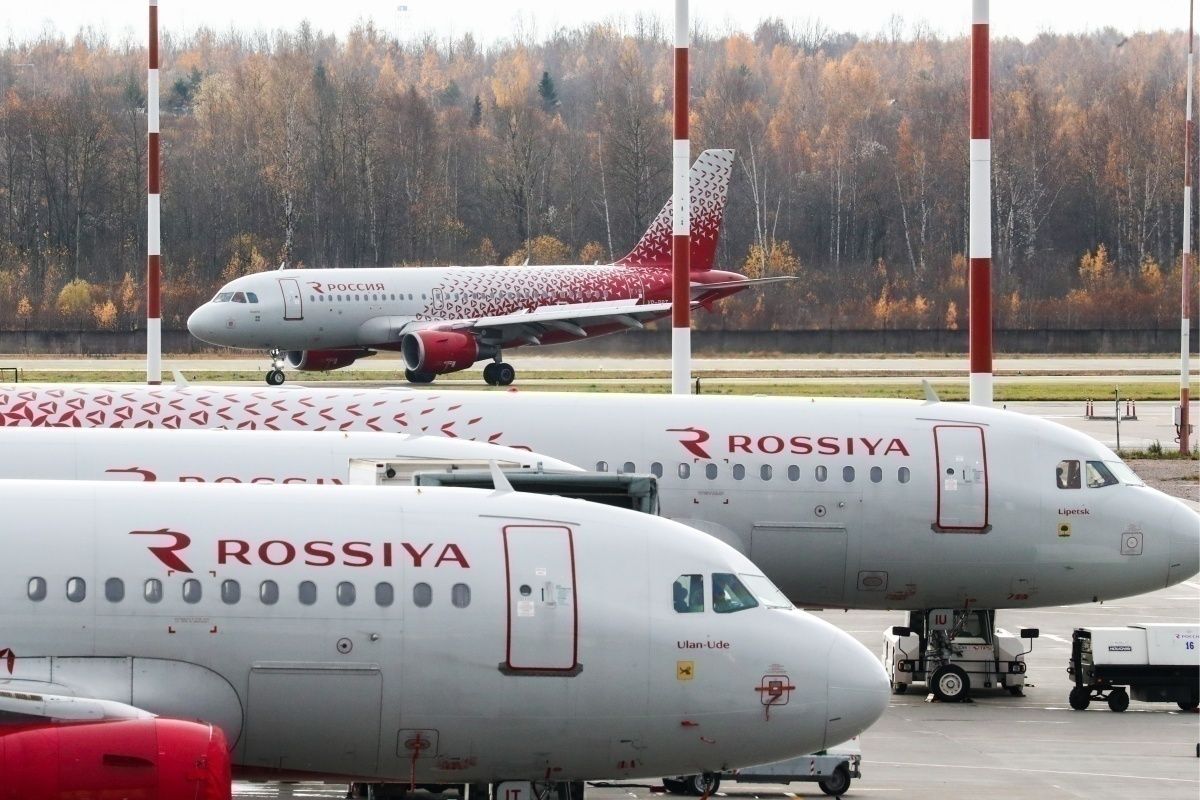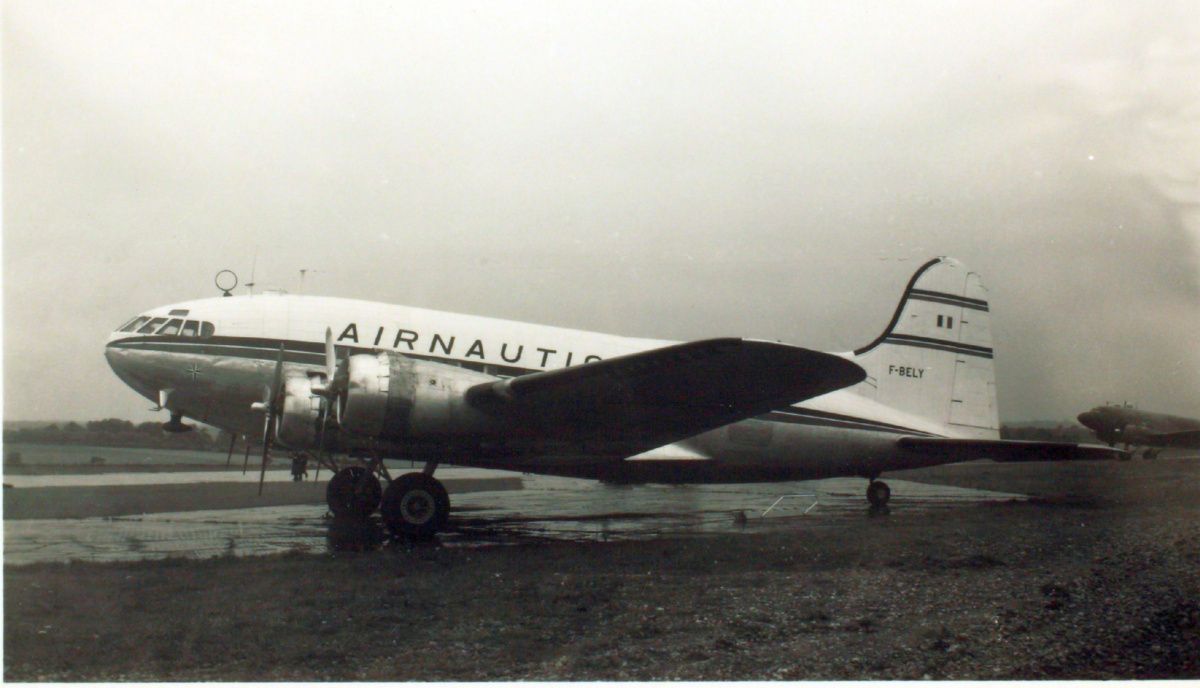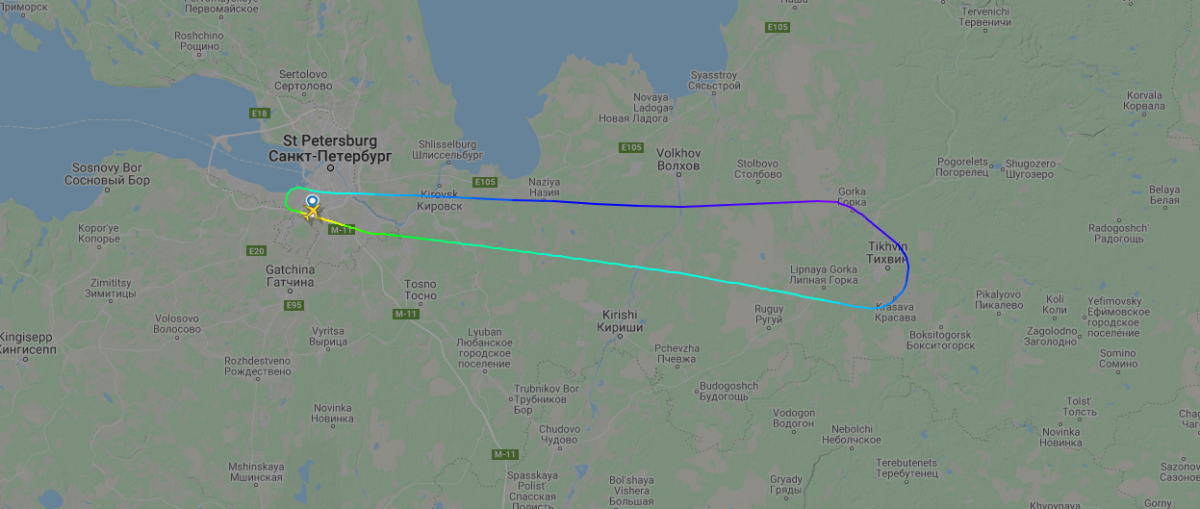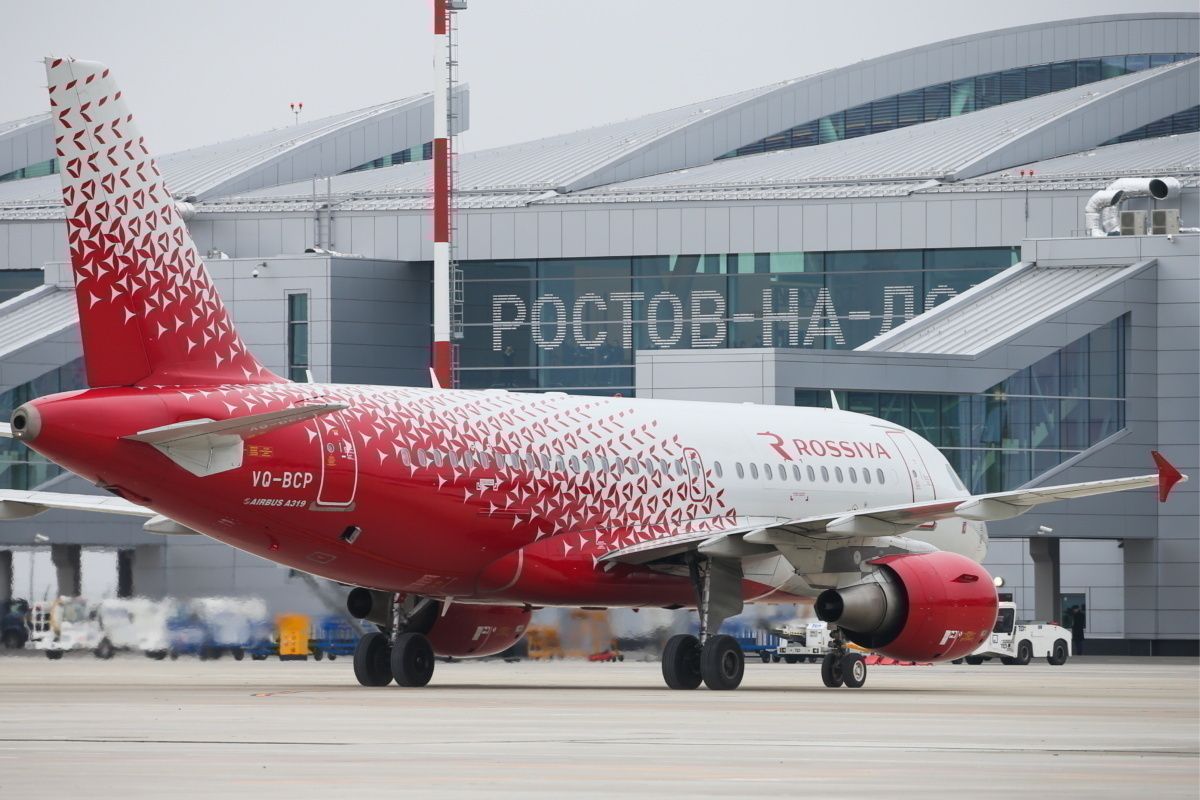A Rossiya Airlines Airbus A319 on route to Ufa International Airport (UFA) in Bashkortostan, from Pulkovo Airport (LED) in St. Petersburg was forced to return to its home airport. This event occurred after a sudden loss of cabin pressure on May 13th.
According to the aviation website The Aviation Herald, the nearly 11-year-old Airbus A319, registration number VQ-BCP was climbing through 34,000 feet when the pilots initiated an emergency descent. Subsequently. once at a safe altitude, flight number SU6413 returned to its home airport in St. Petersburg some 45 minutes after departure.
Why are planes pressurized?
While humans are best suited to living at sea level where there is plenty of oxygen, aircraft thrive at higher altitudes where the air is thin. Therefore, as soon as engine power increased to the extent where aviators could reach heights where they could lose consciousness, a sufficient supply of oxygen was needed. Initially, pilots relied on pressurized tanks to deliver oxygen through a face mask. This process was suitable for military aircraft. However, another technique was needed to assist every passenger on a commercial airliner.
The Boeing 307 Stratoliner was the first pressurized passenger airliner
In the late 1930s, the U.S. Army Air Corps experimented with pressurized cabins and came up with pressurized crew compartments for the B-29 Superfortress bomber. Additionally, Boeing launched its first pressurized passenger aircraft, the 307 Stratoliner, in 1940.
Altogether, nearly all modern commercial airliners are pressurized by diverting air from the engines into the cabin. Like the way you put air in a tire, aircraft are sealed units in which air is pumped. By doing this, oxygen levels on planes are the same as they would be on the ground. Nonetheless, pressurizing cabins does come with the risk of air escaping, and a lack of oxygen should a window break or the seal on a door become compromised. Should this happen, just like in a tire, all the pressurized air would escape. Therefore, you would not be able to breathe due to the thin air at high altitudes.
Therefore, during the safety briefing, passengers will hear the cabin crew say:
"Should the cabin experience sudden pressure loss, oxygen masks will drop down from above your seat. Place the mask over your mouth and nose and breathe normally."
However, they fail to mention that this oxygen supply that you are now breathing will only last for around 12 to 15 minutes. Ultimately, this is why pilots will initiate an emergency descent. While you might think the plane is going to crash, pilots are trained to get the aircraft down to 10,000 feet as soon as cabin pressurization is lost. At this altitude, oxygen is not required allowing you to breathe normally.
About Rossiya Airlines
Rossiya Airlines is a wholly-owned subsidiary of Russian national flag carrier Aeroflot who not only manages the airline but also takes care of its marketing.
Altogether, as a part of Aeroflot's strategic plan, Rossiya is the middle airline between Aeroflot and its other subsidiary, low-cost carrier Pobeda. Based in Russia's second-largest city St. Petersburg, Rossiya is the city's link to the rest of Russia and a handful of international destinations in Europe.
If you have ever flown with Rossiya Airlines, we would love to hear what you thought of them in our comments section.




